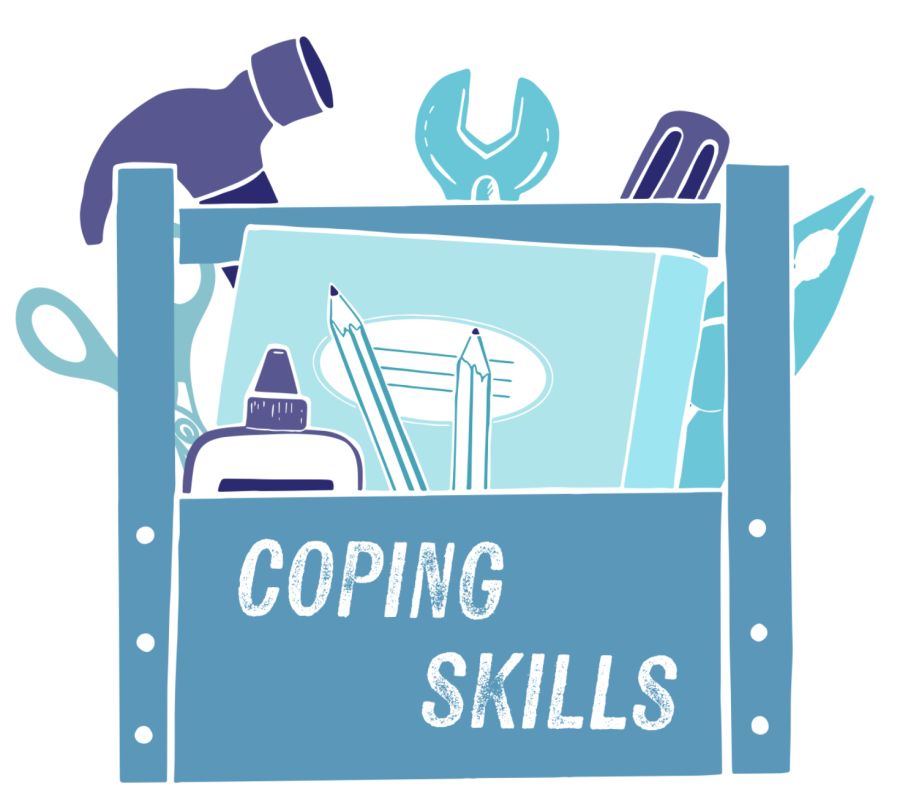The Science Behind Cognitive Training
Recent neuroscientific breakthroughs provide insights into therapeutic means of rewiring our brains. Neuroplasticity is the ability for our brains to change their structure and function by creating out new pathways—such as by learning new ideas and skills—and strengthening these pathways through repetition and practice. Our neurons process and transmit information through electrical and chemical signals that pass across synapses, small gaps between neurons. The infographic below from Alta Mira, a San Francisco-area rehabilitation and recovery center, explains how neuroplasticity works.
New research has revealed that neuron production can continue throughout a human life span. Neuroscientists have discovered effective ways to guide the process of neuronal growth and to repair areas of the brain that are slowed by developmental delays or are damaged by injury. Cognitive training or brain conditioning can help repair these areas of the brain to change addictive behaviors and improve information processing, motor function, memory, language skills, problem solving, and more.

Related Articles That Might
Interest You

Neurodivergent Special Interest

Coping Skill( CBT techniques and DBT techniques)
